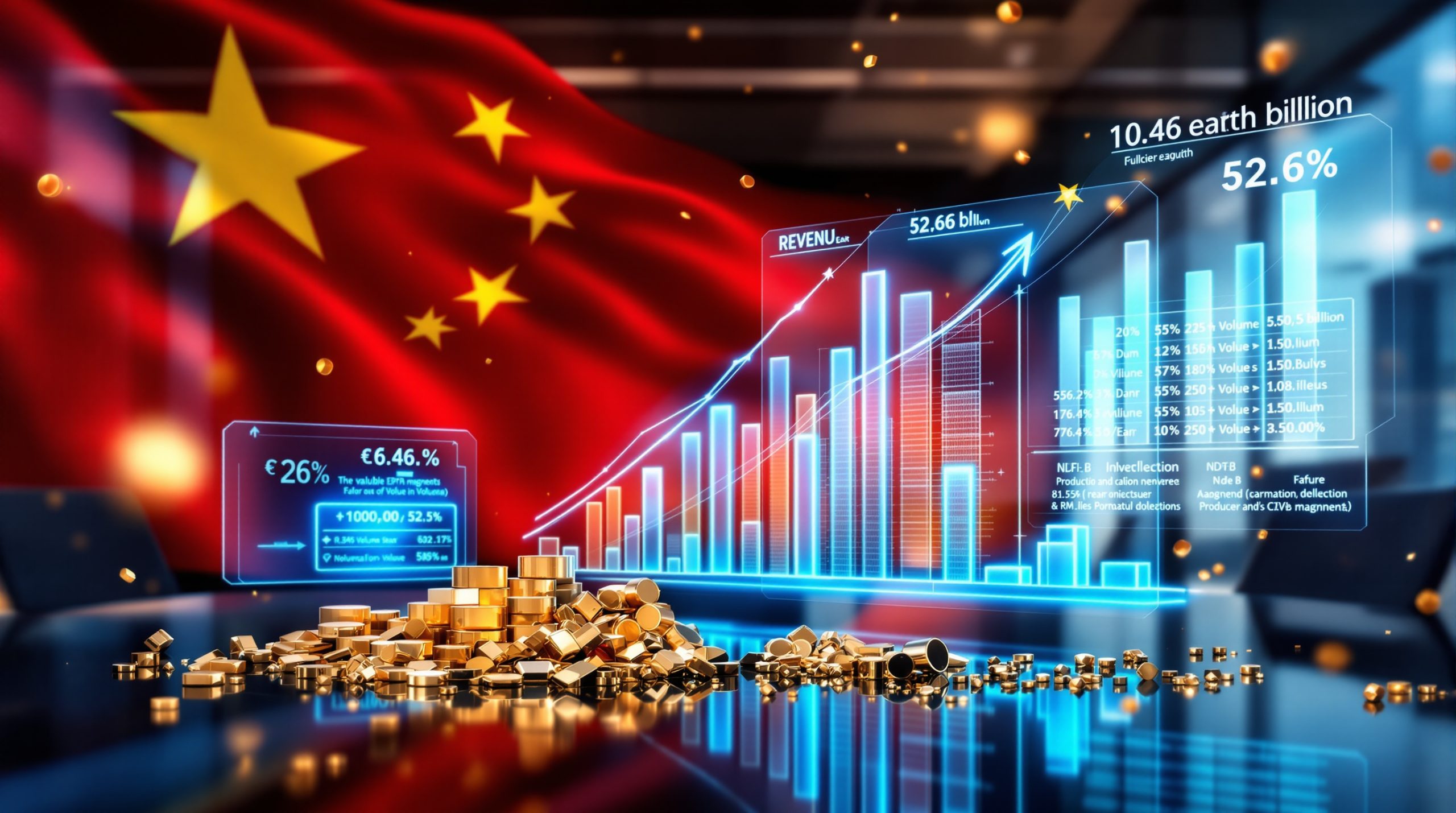Silver Market Manipulation: Unraveling the Controversy and Evidence
The silver market has long been a focal point of controversy, with allegations of manipulation swirling through investment communities for decades. At its core, silver market manipulation involves deliberate actions by financial institutions to artificially influence prices—typically suppressing them below levels that natural supply-demand fundamentals would establish. This practice creates market distortions affecting investors, industrial users, and mining companies alike.
Silver's relatively small market footprint makes it particularly vulnerable to manipulation. With annual production valued at approximately $20 billion according to the Silver Institute's 2024 World Silver Survey, silver represents a fraction of the multi-trillion-dollar gold market, and less than 1% of daily forex trading volume which exceeds $7.5 trillion as reported by the Bank for International Settlements.
Key Market Characteristics That Enable Manipulation
- Small Market Footprint: The entire annual silver production value is less than what major currency pairs trade in just a few hours
- Dual Nature: Silver functions simultaneously as both an industrial metal and monetary asset
- Paper-to-Physical Disconnect: Trading volume in paper contracts frequently exceeds physical metal availability by orders of magnitude
- Concentrated Market Power: A small number of institutions dominate trading activity
How Does Silver Market Manipulation Actually Work?
Understanding the mechanics of silver market manipulation requires examining the sophisticated tactics deployed by market participants with substantial capital resources and market influence.
Price Suppression Techniques
Silver market manipulation typically employs several sophisticated tactics that exploit structural weaknesses:
Spoofing and Layering
- Placing large orders with no intention to execute them
- Creating false impressions of supply or demand pressure
- Canceling orders once price moves in the desired direction
- Profiting from the artificial price movements
Strategic Timing of Trades
- Executing massive sell orders during low-liquidity periods
- Targeting overnight sessions, holidays, and weekend trading
- Maximizing price impact when market participation is thin
- Triggering cascading sell orders and algorithmic responses
Stop-Loss Hunting
- Pushing prices to levels where automatic stop-loss orders trigger
- Creating self-reinforcing selling pressure
- Acquiring assets at artificially depressed prices
- Exploiting technical trading patterns and trader psychology
Concentrated Short Positions
- Maintaining outsized short positions in futures markets
- Creating persistent downward pressure on prices
- Discouraging new investment in the sector
- Profiting from price suppression through various channels
The Paper vs. Physical Disconnect
The manipulation mechanism relies heavily on the disconnect between paper and physical silver markets:
| Market Aspect | Paper Silver | Physical Silver |
|---|---|---|
| Daily Trading Volume | Often exceeds months of global production | Fraction of paper volume |
| Price Discovery Role | Dominant despite being derivatives | Limited despite being the actual asset |
| Leverage | Highly leveraged (20:1 or more) | No leverage (1:1 ownership) |
| Settlement | Primarily cash-settled, not physical | Always physical delivery |
| Participants | Dominated by financial institutions | Retail investors, industrial users, central banks |
This structural imbalance creates a situation where prices can be influenced without needing to move actual metal. COMEX silver futures regularly trade volumes equivalent to several months of global production in a single day, according to CME Group trading data.
What Evidence Exists of Silver Market Manipulation?
The evidence for silver market manipulation has grown substantially over the past decade, moving from theory to documented fact through legal proceedings.
Legal Cases and Settlements
The most compelling evidence comes from actual legal proceedings and settlements:
- JPMorgan Chase: Paid $920 million in September 2020 to resolve criminal charges related to manipulating precious metals markets through spoofing, as documented by the U.S. Department of Justice
- Deutsche Bank: Settled a silver price-fixing lawsuit in 2016 for $75 million and agreed to provide cooperation in ongoing investigations
- Bank of Nova Scotia: Paid $127.4 million in August 2020 to resolve criminal charges related to precious metals manipulation
- HSBC and UBS: Named in multiple lawsuits alleging coordination in price suppression schemes
These cases revealed trader communications explicitly discussing manipulation tactics and coordination between institutions—providing rare glimpses into practices typically hidden from public view.
Regulatory Investigations
Regulatory bodies have conducted several investigations with mixed conclusions:
- The CFTC (Commodity Futures Trading Commission) conducted a five-year investigation (2008-2013) that initially found insufficient evidence of manipulation
- Later investigations and Department of Justice actions contradicted these findings
- The Financial Conduct Authority (UK) and other global regulators have increasingly scrutinized precious metals trading
- Critics argue regulatory capture and limited resources hamper effective oversight
Market Structure Analysis
Examination of market structures reveals patterns consistent with manipulation:
- Concentrated short positions held by a small number of commercial traders
- Unusual price movements during typical manipulation windows (contract expiration, options expiration)
- Price behavior that contradicts fundamental supply-demand dynamics
- Divergence between paper and physical premiums during high-demand periods
The February 2021 silver market squeeze illustrated the fragility of physical silver supply, with premiums expanding dramatically and physical product becoming unavailable in many markets as retail demand surged.
Why Would Anyone Manipulate the Silver Market?
Understanding the motivations behind silver market manipulation helps explain why it persists despite increased regulatory scrutiny.
Motivations Behind Price Suppression
Several potential motivations drive silver market manipulation:
Profit from Derivatives Trading
- Generating trading profits through foreknowledge of planned price movements
- Exploiting options positions that benefit from specific price levels
- Creating volatility that increases trading revenue
- Maintaining profitable market-making spreads
Protecting Fiat Currency Perception
- Preventing precious metals from signaling currency devaluation
- Maintaining confidence in unbacked monetary systems
- Discouraging alternative stores of value
- Supporting central bank monetary policy objectives
Benefiting Industrial Consumers
- Keeping input costs low for industries dependent on silver
- Supporting sectors like electronics, solar, and medical applications
- Preventing price spikes that could trigger substitution efforts
- Maintaining predictable pricing for long-term industrial planning
Banking System Stability Concerns
- Preventing short squeezes that could destabilize financial institutions
- Managing systemic risk from concentrated positions
- Avoiding cascading defaults from rapid price movements
- Maintaining orderly markets during periods of stress
The Silver Institute reports that industrial demand reached approximately 508.2 million ounces in 2023, representing about 62% of total demand, with photovoltaic (solar panel) usage increasing to approximately 140 million ounces—highlighting the growing industrial importance of the metal.
How Do Market Participants Respond to Manipulation?
Market participants have developed various strategies to navigate and potentially profit from a manipulated market environment.
Physical Acquisition vs. Paper Exposure
Investors employ different approaches depending on their goals and market understanding:
Physical Metal Acquisition
- Taking delivery of actual silver rather than paper contracts
- Removing metal from banking system and exchange warehouses
- Creating potential supply constraints in the physical market
- Building personal reserves independent of market pricing
Alternative Investment Vehicles
- Using miners, royalty companies, and streaming businesses as proxies
- Participating in private placement deals with direct metal backing
- Exploring blockchain-based ownership systems with physical backing
- Investing in jurisdictions with stronger regulatory frameworks
Collective Action Initiatives
- Coordinated buying campaigns to challenge paper market dominance
- Public education efforts about market structure issues
- Advocacy for regulatory reform and increased transparency
- Support for whistleblowers and market structure investigations
Silver coin premiums over spot prices have ranged from 10% to over 40% during high-demand periods in recent years according to retail dealer pricing data, reflecting the disconnect between paper and physical markets. The detailed silver premium analysis shows how these premiums behave during market stress events.
What Are the Signs of Manipulation Breaking Down?
Several indicators suggest the manipulation paradigm may be weakening, pointing toward potential structural changes in the silver market.
Market Indicators of Changing Dynamics
Observing these signs may provide early warning of shifts in market structure:
Physical Premium Expansion
- Growing premiums for physical silver over spot prices
- Delivery delays and product unavailability during demand spikes
- Regional price disparities reflecting physical shortages
- Declining inventory levels at major exchanges and depositories
Changing Central Bank Behavior
- Increased precious metals acquisition by central banks globally
- Diversification away from traditional reserve currencies
- Growing interest in silver alongside traditional gold reserves
- Strategic stockpiling by nations concerned about supply security
Industrial Demand Pressure
- Accelerating demand from green energy transition (solar panels)
- Medical and technological applications creating inelastic demand
- Limited substitution possibilities in critical applications
- Growing recognition of silver's strategic importance in supply chains
Mining Supply Constraints
- Declining ore grades at primary silver mines
- Reduced exploration and development during price suppression periods
- Growing percentage of supply coming as byproduct of other mining
- Increasing production costs creating price floors
Central banks purchased a record 1,037 tonnes of gold in 2023 according to the World Gold Council—the second-highest annual total since 1950—indicating a significant shift in official sector attitudes toward precious metals. This trend has contributed to recent gold price highs analysis showing record valuations in multiple currencies.
How Might the Silver Market Evolve Beyond Manipulation?
The silver market appears to be approaching potential inflection points that could fundamentally alter how it functions.
Future Scenarios and Market Evolution
Several trajectories could emerge as the market evolves:
Physical Market Dominance
- Shift toward physical-based price discovery mechanisms
- Premium-based pricing reflecting actual supply-demand dynamics
- Declining influence of paper markets on price formation
- Regional pricing variations based on physical availability
Regulatory Reform
- Strengthened position limits and anti-manipulation enforcement
- Enhanced transparency requirements for large position holders
- International coordination on market oversight
- Prosecution of past manipulation creating deterrent effects
Alternative Trading Systems
- Blockchain-based trading with mandatory physical backing
- Direct-matching platforms connecting producers and consumers
- Decentralized exchange mechanisms reducing intermediary control
- Physical delivery-focused contracts gaining market share
Market Structure Realignment
- Repricing of silver relative to gold (narrowing ratio)
- Recognition of strategic importance in industrial applications
- Price discovery reflecting actual production costs
- Integration of environmental and social costs into pricing
Enhanced regulatory frameworks have been implemented since the Dodd-Frank legislation, but their effectiveness remains debated among market participants.
How Should Investors Approach the Silver Market?
Navigating the silver market requires understanding both its manipulation dynamics and fundamental drivers.
Strategic Considerations in a Manipulated Market
Investors can adopt several approaches when navigating potentially manipulated markets:
Timeframe Adjustment
- Extending investment horizons beyond manipulation cycles
- Focusing on fundamental supply-demand imbalances
- Recognizing manipulation typically delays rather than prevents price discovery
- Building positions during suppression periods for eventual normalization
Diversification Within the Sector
- Combining physical holdings with mining equities
- Including both primary silver producers and byproduct producers
- Adding royalty/streaming companies for reduced operational risk
- Considering both investment and industrial exposure
Risk Management Techniques
- Position sizing appropriate to volatility expectations (silver exhibits 2-3 times the volatility of gold)
- Avoiding excessive leverage that can be exploited
- Implementing strategic entry points rather than all-at-once buying
- Maintaining liquidity reserves for opportunistic acquisitions
Information Advantage Development
- Monitoring physical market premiums and availability
- Tracking exchange inventory levels and delivery patterns
- Following regulatory developments and enforcement actions
- Understanding industrial demand trends and technological developments
As Evie Tucker notes, it's important for investors to evolve their thinking beyond end-game scenarios and consider using rallies to "book a profit and to do something that makes your life better," rather than solely accumulating metal for hypothetical future currency collapse scenarios.
What Questions Should Silver Market Participants Be Asking?
Critical thinking about market structure helps investors navigate complexity and uncertainty.
Critical Inquiries for Market Understanding
Thoughtful market participants should consider several key questions:
Market Structure Inquiries
- Why does paper trading volume so dramatically exceed physical production?
- Who benefits from the current market structure and price formation process?
- What would price discovery look like in a predominantly physical market?
- How do manipulation patterns change during different market conditions?
Supply-Demand Considerations
- How much above-ground silver remains available for investment or industrial use?
- What percentage of mine supply comes from primary vs. byproduct sources?
- How elastic is industrial demand to price changes?
- What technologies might increase or decrease silver demand significantly?
Regulatory Environment Assessment
- Are current regulations sufficient to prevent manipulation?
- Do regulators have adequate resources and motivation to enforce existing rules?
- What reforms would most effectively address market structure issues?
- How do international regulatory differences create arbitrage opportunities?
Investment Strategy Evaluation
- What allocation to silver makes sense within a diversified portfolio?
- How should physical holdings be balanced against paper exposure?
- What timeline should investors consider for potential market normalization?
- What signals would indicate manipulation is breaking down or intensifying?
The interaction between physical, futures, and ETF markets creates multiple layers of price discovery mechanisms, making critical analysis essential for successful navigation. Understanding the gold-silver ratio insights can provide valuable perspective on relative valuation between the precious metals.
FAQ: Silver Market Manipulation
Common Questions About Silver Market Manipulation
Is silver market manipulation illegal?
Yes, many manipulation tactics like spoofing and coordinated price suppression are explicitly illegal under regulations such as the Commodity Exchange Act and Dodd-Frank Act. However, enforcement challenges and the sophisticated nature of these activities make prosecution difficult.
Why hasn't manipulation been stopped if it's well-known?
Several factors contribute to its persistence: regulatory resource limitations, the global nature of trading across multiple jurisdictions, the difficulty of proving intent, and the sophisticated methods that evolve to evade detection. Additionally, some argue that regulatory capture may play a role.
How does manipulation affect silver miners?
Price suppression creates challenging economics for miners, reducing profitability, limiting capital investment, discouraging exploration, and sometimes forcing operations to close. This creates a self-reinforcing cycle of constrained supply that eventually may contribute to higher prices.
Can individual investors make a difference?
Collectively, yes. When investors take physical delivery and remove metal from the banking system, they reduce the available supply for lease and manipulation. Large-scale physical buying can challenge paper market dominance, as seen during the February 2021 coordinated buying campaign that nearly "broke the physical silver market."
What role does the COMEX play in silver price formation?
The COMEX futures market serves as the primary price discovery mechanism despite representing a paper derivative rather than physical metal. Its high trading volumes and liquidity make it the reference point for global silver pricing, even though physical delivery is rare.
How do ETFs factor into potential manipulation?
Silver ETFs have a complex relationship with manipulation. While they increase investment accessibility, questions persist about whether all ETF holdings are fully backed by physical metal and whether some ETFs' metal may be counted multiple times or leased into the market. The largest silver ETF (SLV) held approximately 506 million ounces as of late 2024.
Conclusion: The Path Forward for Silver Markets
The evidence for silver market manipulation is substantial, with legal cases, market structure analysis, and patterns of trading behavior providing compelling support. While the extent and persistence of manipulation remain subjects of debate, the market appears to be evolving toward greater transparency and physical-based price discovery.
For investors, understanding these dynamics offers both challenges and opportunities. The disconnection between paper prices and physical reality creates inefficiencies that informed market participants can potentially exploit through strategic positioning and patience.
As industrial demand grows, particularly from green energy technologies, and as awareness of market structure issues increases, the silver market may be approaching an inflection point where manipulation becomes more difficult to maintain. Those positioned ahead of such a transition could benefit significantly from the price discovery process that would follow.
The key for market participants is to remain informed about both fundamental supply-demand dynamics and the evolving market structure, while developing strategies that work regardless of whether silver market crash analysis shows continued manipulation or signs of market normalization. By adopting a flexible approach that acknowledges market realities without becoming ideologically rigid, investors can navigate this complex landscape more effectively.
Further Exploration:
Readers interested in learning more about silver market dynamics can also explore related educational content, such as Evie Tucker's YouTube discussion on precious metals markets and his book "Not for Sale: How to Thrive and Survive in a World That Wants to Control You," which offers additional perspectives on market behavior and investment strategies.
Want to Capitalise on the Next Major Mineral Discovery?
Discovery Alert's proprietary Discovery IQ model instantly notifies investors about significant ASX mineral discoveries, transforming complex market data into actionable insights for both short-term traders and long-term investors. Visit the Discovery Alert discoveries page to understand why major mineral discoveries can lead to exceptional market returns, and begin your 30-day free trial today.




